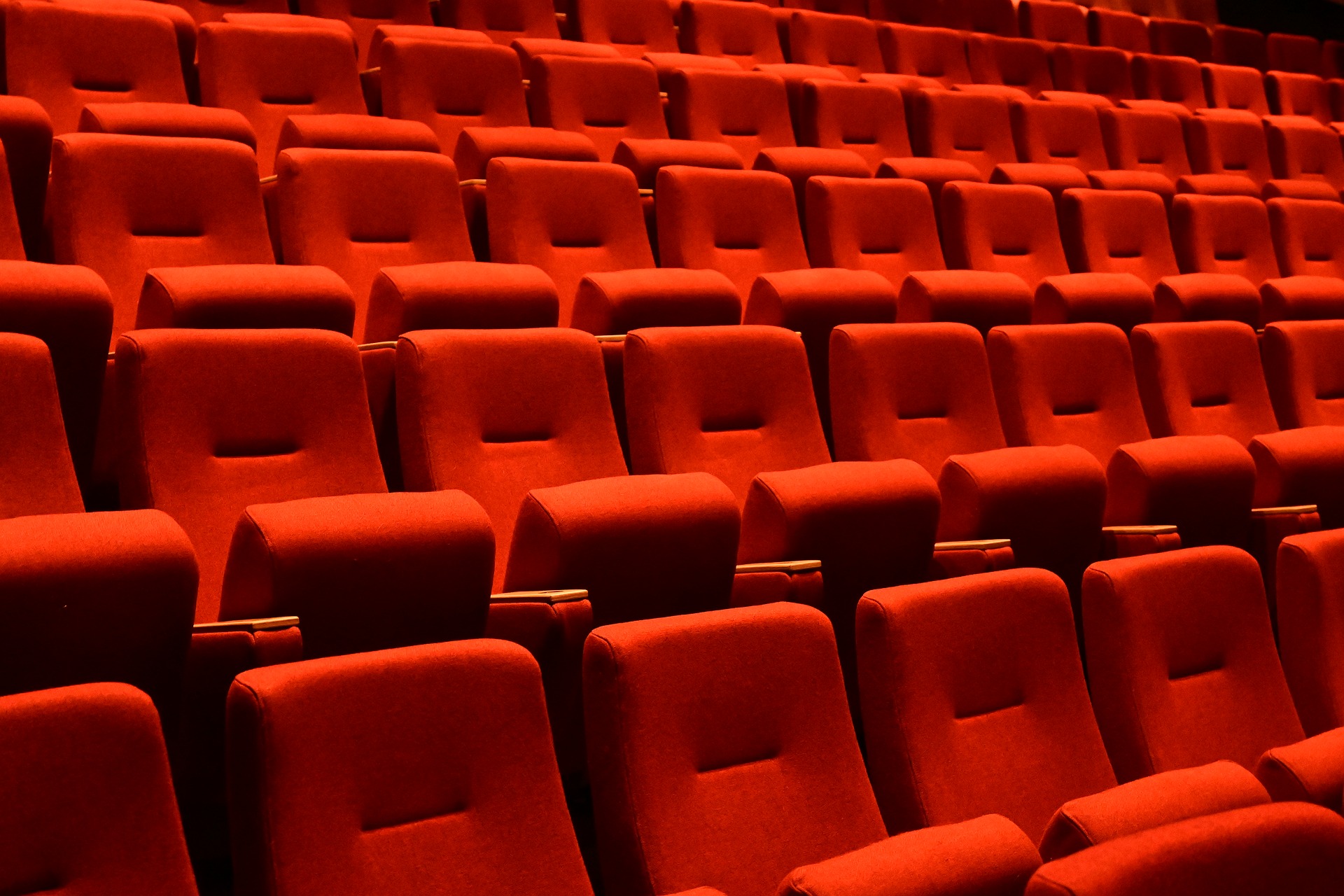A Glimpse into the World of Synesthetic Art: Painting Music, Tasting Colors
Introduction: Step into a realm where senses intertwine, where colors have taste, and music becomes a vivid painting. Welcome to the fascinating world of synesthetic art, a unique artistic expression shaped by a neurological condition known as synesthesia. This exploration will reveal how this rare perceptual phenomenon is revolutionizing the arts and entertainment industry.
The Intriguing Phenomenon of Synesthesia
Synesthesia is a rare neurological condition where sensory or cognitive pathways overlap. This overlap leads to unique experiences such as seeing sounds, hearing colors, or tasting shapes. Synesthetes, people with this condition, have a rich sensory world that merges different sensory modalities.
Historically, synesthesia was viewed as a medical curiosity. However, with the advancement of neuroscience and the increasing interest in neurodiversity, it has gradually gained recognition as a unique perceptual phenomenon.
The Birth of Synesthetic Art: A Colorful Symphony
Artists with synesthesia have used their unique sensory experiences to create innovative and captivating works of art. Synesthetic art, also known as synesthesia art or synesthete art, is a creative expression that reflects the synesthete’s multisensory experiences.
The first known synesthetic artist was the Russian painter Wassily Kandinsky. Fascinated by his ability to see colors when he listened to music, Kandinsky’s work aimed to reproduce the vibrant symphony he experienced in his mind. His abstract paintings have been described as visual music and have laid the foundation for synesthetic art.
Synesthetic Art Today: Vibrant and Evolving
In the contemporary arts scene, synesthetic art continues to evolve and inspire. Artists like Melissa McCracken, who paints the colors she sees when she listens to music, and James Wannerton, who tastes words and uses this to create ‘taste maps’ of cities, are reinventing the genre and pushing its boundaries.
The rise of digital technology has also opened new possibilities for synesthetic art, with virtual reality and immersive installations offering a glimpse into the synesthete’s world.
Impact and Reception: A Fresh Aesthetic Language
Synesthetic art has been lauded for its ability to offer unique sensory experiences and to challenge conventional understandings of perception. It has been praised for its evocative power, its vividness, and its ability to communicate the artist’s unique sensory world.
Moreover, synesthetic art is contributing to broader discussions on neurodiversity in the arts, challenging the notion of ‘normal’ perception and emphasizing the value of diverse sensory experiences.
The Future of Synesthetic Art: An Uncharted Territory
As we continue to explore the intricate connections between our brain, our senses, and our perception of the world, synesthetic art is poised to play a crucial role. It will continue to inspire artists, intrigue audiences, and challenge our understanding of artistic expression. At the intersection of neuroscience, art, and perception, synesthetic art offers a glimpse into an uncharted territory of human experience.






